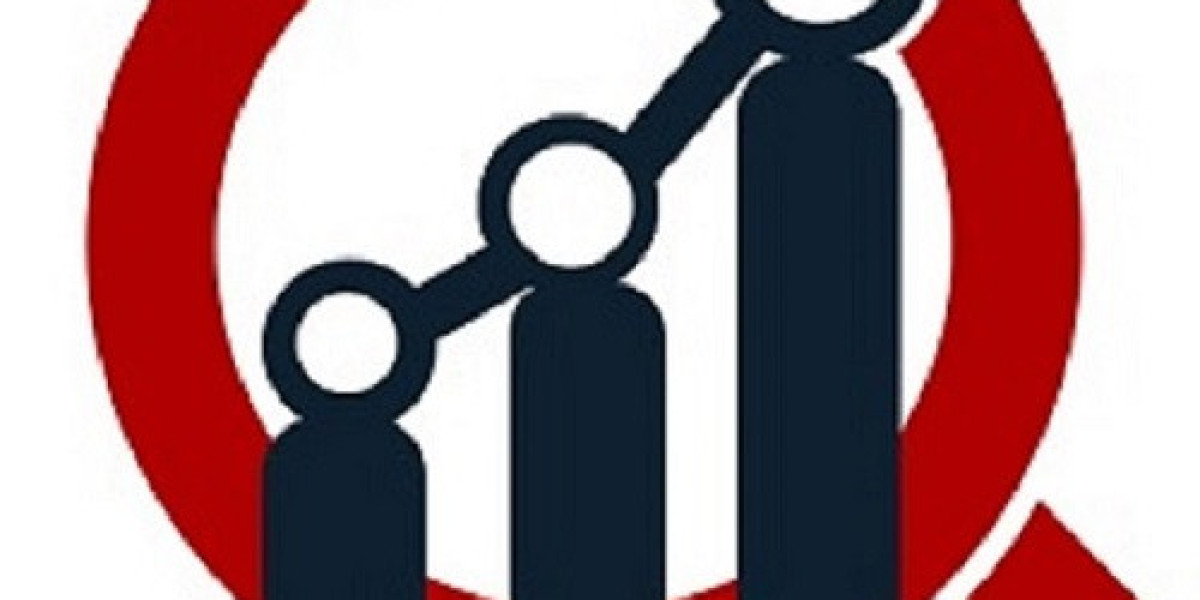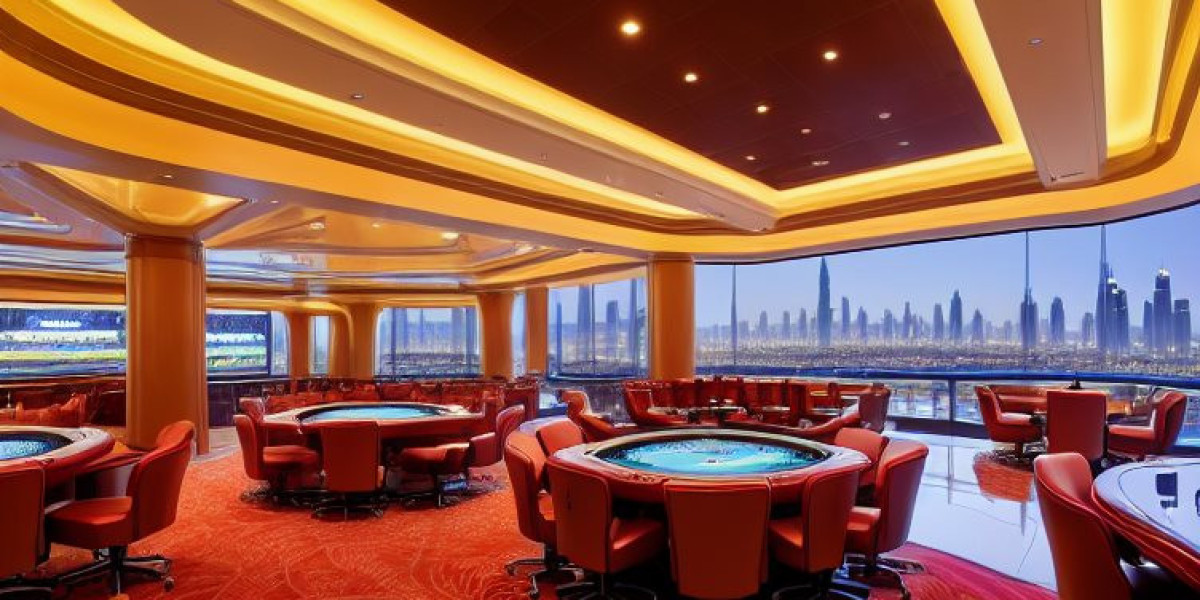The Heat Interface Unit Market Share is experiencing steady growth as urbanization and energy efficiency initiatives drive the adoption of advanced heating technologies. Modern HVAC heat transfer devices and thermal interface controllers are increasingly integrated into residential heat units and commercial energy systems to optimize heat distribution and reduce energy consumption. By facilitating efficient transfer of heat from central energy sources to individual units, these solutions enhance both comfort and cost-effectiveness in buildings.
Technological Innovations Driving Growth
Technological advancements in connected systems are boosting the performance of heat interface units. For instance, developments in the Industrial Access Control Market allow for smart monitoring and secure management of energy systems, while the US Mobile Accessories Market highlights the trend of IoT integration, enabling mobile-based control and monitoring of heat interface devices. Modern heat exchanger systems are being enhanced with sensors and automated controllers that optimize thermal efficiency and provide real-time data for better energy management.
Market Applications and Future Outlook
The Heat Interface Unit Market is not limited to new constructions; retrofitting older buildings with building energy units and smart heat interface solutions is becoming increasingly popular. Energy providers and property managers are investing in these technologies to comply with sustainability targets, reduce operational costs, and improve occupant comfort. The adoption of advanced residential heat units and efficient heat transfer systems is expected to drive market growth in both commercial and residential segments.
As urban centers continue to expand and energy efficiency regulations tighten, the market for heat interface units will grow further, supporting sustainable energy use and smarter building management systems.
FAQs
1. What factors are driving the growth of the Heat Interface Unit Market Share?
Growth is driven by rising demand for energy-efficient heating solutions, smart thermal controllers, and improved heat transfer in residential and commercial buildings.
2. How are technological advancements shaping the market?
Innovations in heat exchanger systems, thermal interface controllers, and IoT-enabled energy management solutions enhance efficiency, monitoring, and control capabilities.
3. Which sectors are leading in the adoption of heat interface units?
Residential buildings, commercial properties, and urban infrastructure projects are the primary adopters, aiming to reduce energy consumption and improve thermal comfort.








